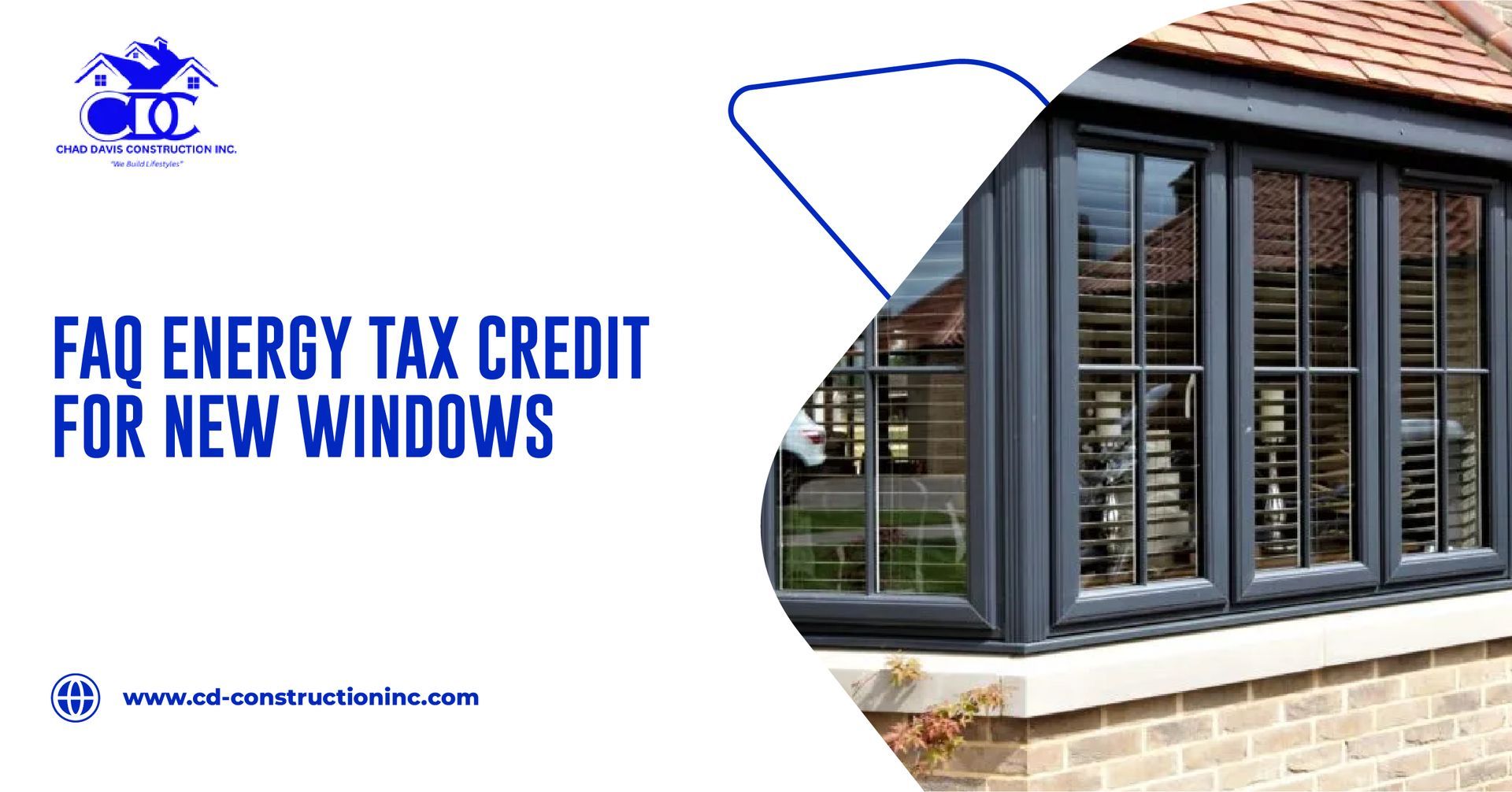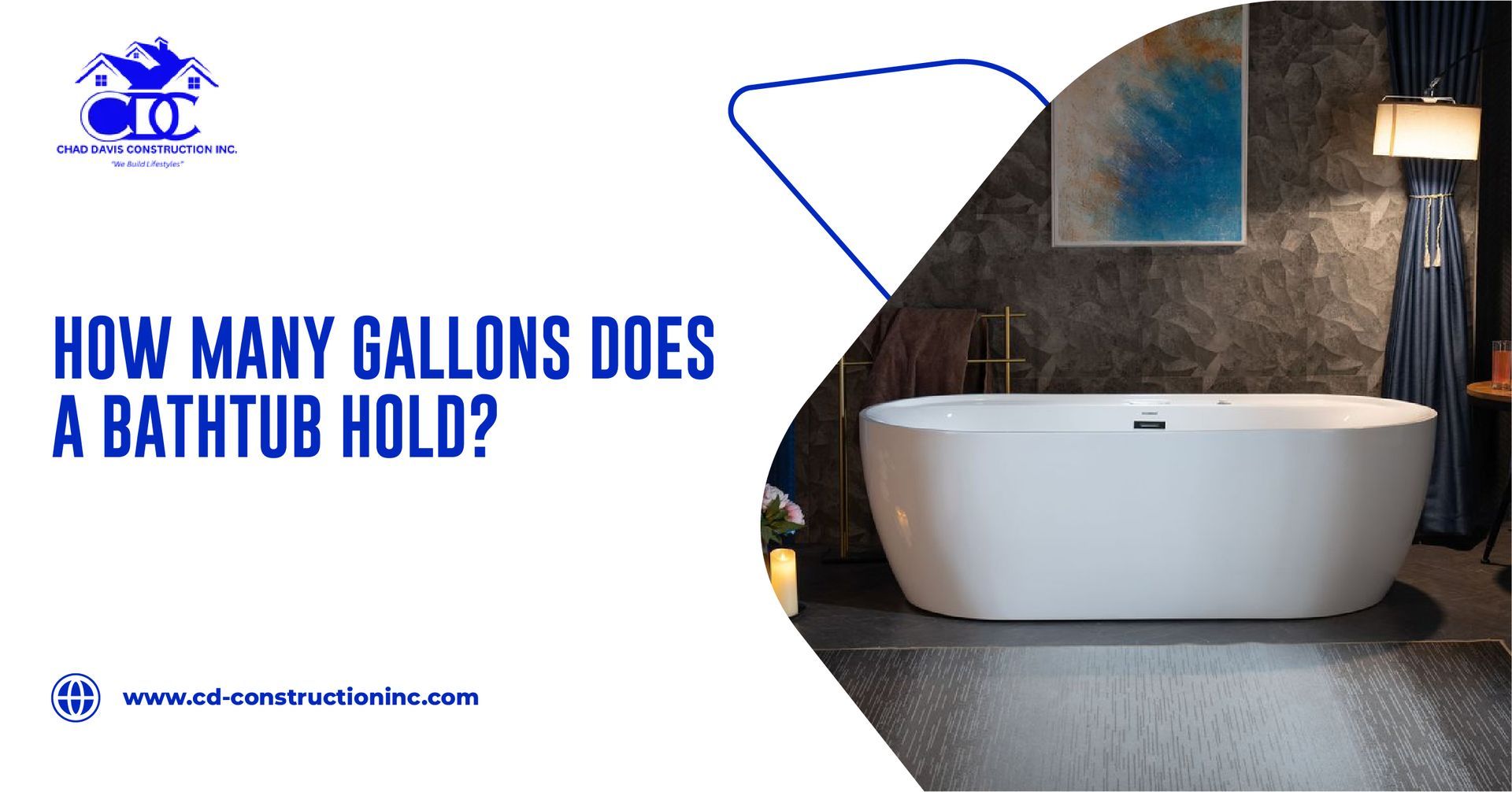Why Polished Concrete Floors Are Perfect for Your Home
Polished concrete floors are a fantastic choice for homeowners looking for a sleek, durable, and easy-to-maintain flooring option. They’re great for high-traffic areas like kitchens, living rooms, and basements because they’re resistant to stains and scratches. While they can feel cool underfoot, you can easily add radiant floor heating to make them more comfortable. The cost typically varies based on the size of the area and the finish you choose. With proper care, polished concrete can last for decades, making it a long-term, low-maintenance option for your home.
What Are Polished Concrete Floors?
Polished concrete floors are created by grinding and polishing the surface of concrete until it achieves a smooth, glossy finish. This process involves several stages, including the application of abrasives to smooth out the surface, followed by polishing and applying a sealant. The result is a sleek, shiny, and durable floor that is not only visually appealing but also highly functional.
Key Types of Polished Concrete:
- Matte Finish: A subtle, smooth look that offers a more natural, understated feel.
- High-Gloss Finish: A shiny and reflective surface that adds a modern, polished look to your space.
- Exposed Aggregate: A style where small stones or pebbles are visible, adding texture and uniqueness to your floor.
Benefits of Polished Concrete Floors for Homes
1. Durability and Longevity
One of the primary reasons homeowners choose polished concrete is its incredible durability. When properly installed, polished concrete floors can last for decades. Concrete is a robust material, and polishing it enhances its resistance to stains, scratches, and general wear-and-tear. Whether it’s your kitchen, living room, or bathroom, polished concrete can withstand high foot traffic without losing its appeal.
2. Low Maintenance
Polished concrete floors require minimal upkeep. Unlike carpets or hardwood floors, which need frequent cleaning and refinishing, concrete floors only need regular sweeping and mopping to keep them looking great. The smooth surface doesn’t collect dust or debris like other flooring types, making it ideal for people with allergies or those looking for a low-maintenance option.
Improve your home's energy efficiency with polished concrete floors.
Explore our flooring services.
How Polished Concrete Floors Can Improve Different Areas of Your Home
Polished concrete floors aren’t limited to just one area of the home—they can be used throughout your living spaces. Here’s how they work in different rooms:
Kitchen
In the kitchen, polished concrete is a practical option. The smooth surface resists stains from cooking oils and liquids, making cleaning a breeze. Additionally, it’s ideal for creating a sleek, modern kitchen that complements contemporary or industrial designs.
Living Room and Open Concept Spaces
The clean lines and reflective surface of polished concrete bring a sense of space and openness to living rooms and open-concept designs. This flooring enhances the natural light in the room and provides a seamless connection between different areas of the house.
Bathrooms
For bathrooms, polished concrete is a great choice. Its water-resistant qualities are perfect for areas prone to moisture. You can even install radiant floor heating beneath the concrete to make the bathroom more comfortable, especially during colder months.
Basements
In basements, polished concrete works well because of its ability to withstand humidity. Many basements suffer from moisture issues, but polished concrete can help prevent damage caused by water, making it a great choice for below-grade rooms.
Are Polished Concrete Floors Cold?
One of the common concerns people have about polished concrete floors is their temperature. Concrete is naturally cooler than wood or carpet, which can make it feel cold, especially during the winter months. However, this issue can be easily addressed with
radiant floor heating. This system involves running warm water or heating cables beneath the floor, providing warmth without the need for bulky space heaters or radiators.
Need expert guidance for your kitchen remodel?
Learn more about our Kitchen Remodeling Services.
How Much Do Polished Concrete Floors Cost?
The cost of installing polished concrete floors depends on several factors, including the size of the space, the complexity of the job, and the type of finish you choose. On average, the cost ranges from $3 to $12 per square foot, depending on whether you go for a basic polish or a custom design with decorative elements like staining or aggregate exposure.
Additional Costs:
- Floor Preparation: If the concrete requires extensive repair or resurfacing before polishing, this can add to the cost.
- Finishing Touches: If you choose advanced finishes like colored concrete or decorative aggregates, the price will be higher.
Maintenance of Polished Concrete Floors
Maintaining polished concrete floors is relatively simple. The surface is smooth, which prevents dust and dirt from accumulating. Regular sweeping and occasional damp mopping will keep your floors looking fresh. Over time, you may need to reapply a protective sealant to maintain the shine and protect the surface from stains.
Polished Concrete Floors: Pros and Cons
Pros:
- Durability: Polished concrete is incredibly durable and long-lasting.
- Low Maintenance: Requires minimal cleaning and upkeep.
- Energy Efficiency: Concrete's thermal mass helps regulate indoor temperatures.
- Aesthetic Flexibility: Available in various finishes and styles.
- Sustainability: Concrete is a sustainable material, often made from recycled content.
Cons:
- Coldness: Concrete can feel cold underfoot, especially in winter.
- Hardness: Its hard surface can be uncomfortable for standing for long periods.
- Slippery: The shiny surface may become slippery, especially when wet, though this can be mitigated with non-slip additives.
Is Polished Concrete Right for Your Home?
Polished concrete floors are an excellent choice for homeowners looking for a durable, low-maintenance, and modern flooring option. While they may not be the best fit for every style of home, their benefits—particularly in terms of longevity, energy efficiency, and aesthetics—make them a strong contender for many rooms.
Transform your space with polished concrete floors.
Contact us for concrete flooring
installation.
Ready to Install Polished Concrete Floors in Your Home?
If you’re considering polished concrete floors for your home, CD Construction is here to help. Our team specializes in flooring installations that meet your style preferences and functional needs. Whether you're remodeling your kitchen, bathroom, or basement, we offer tailored solutions to ensure the job is done right.
Contact CD Construction for a consultation and let’s bring your vision to life with polished concrete floors that last a lifetime!
Conclusion
Polished concrete floors offer a blend of style, durability, and low maintenance that makes them an attractive option for any home. Whether you’re looking to enhance your kitchen, living room, or basement, they provide a modern and sustainable solution. Consider the benefits, weigh the costs, and choose the right design to make your home truly shine.




